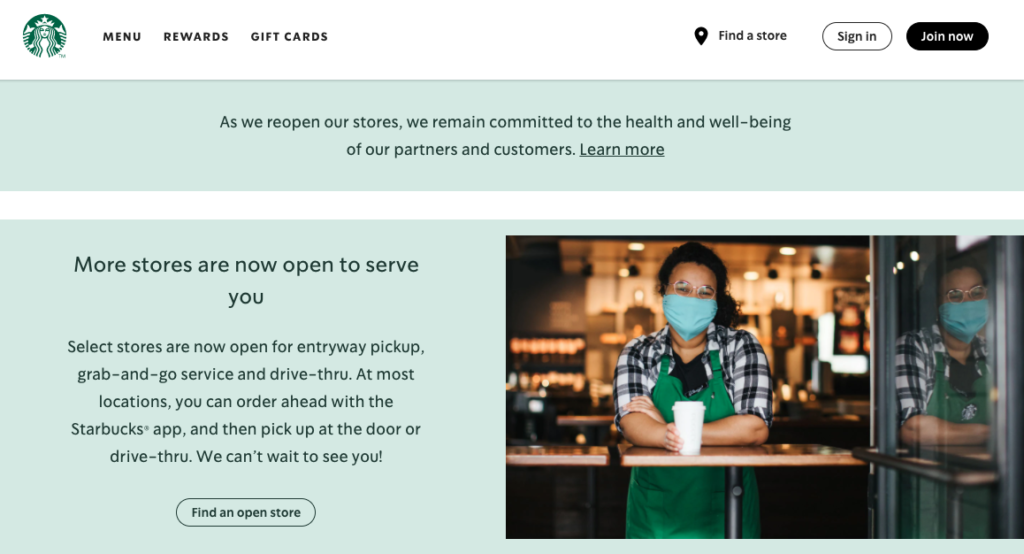
By Madison Bennett, Associate Content Creator
In part 1 we talked about the main psychological factors you need to consider when you’re building your brand to ensure its success. In part 2, we’re going to take a deep dive into the specifics of those to help you build the brand of your dreams.
Color
This section plays hand in hand with distinctiveness, but there is an entire psychology around colors that takes us much deeper into the consumer connection.

Let’s take this shade of red for example. What brand are you thinking of? I don’t need to type the name for you to know what soft drink company I’m referring to.
Outside of being able to associate a specific color to your brand without giving it a second thought, it’s important to remember that colors can also elicit certain emotions. Red brings out excitement, passion, and urgency, which is why it is typically associated with fast-food (McDonald’s and the above brand, Coca-Cola).
Green reminds you of the earth, so many brands centered around health and nature, or with an environmentally-friendly mission, select hues in this color family. I.E. Starbucks, using green to provoke their connection to the world.
White correlates with simplicity, cleanliness, and purity. The perfect example of this is the white Apple logo; their products have a clean, modern design and their software is simple and user friendly.
The colors you use should not only be the symbolization of your brand’s message, but also the emotions you want a consumer to feel and associate with it when they look at the packaging, design, or logo.
Transparency and Consistency
Being transparent and consistent in your messaging will take you a long way in building trust among a community and finding loyal consumers. Here are a few tips from Crestline on how to do so:
- Make a commitment to keep your promises and follow through for your consumers.
- Always be honest and open about your products and the brand.
- Interact with customers openly and honestly.
- Directly address any product issues that might come up.
- Freely share information about your products (how they’re made, ingredients, etc).
When you’re open and honest with your consumers, they will take notice and show their appreciation by investing in your brand. In 2020, this is arguably one of the best ways to create and sustain a following.
Social Media
This is the age of digital media; consumers love to interact with brands via social media and this is why influencer culture exists. This might be specific to certain age markets, but majority of the population has a social media account on at least one platform.
Most brands have social media accounts across all platforms such as Instagram, Twitter, Facebook, and maybe even YouTube (more so for beauty, wellness, and fashion brands). Specifically crafting your content to the platform makes a huge impact. Instagram is visual, so photos and stories on your page need to be carefully curated; Twitter focuses on words, so witty, bold, statements that portray your brand will be successful; Facebook allows you to reach older generations and allows for a mix of photos/videos and wording.
Social media has also generated influencer culture, meaning users with massive followings can help grow your brand by posting on their accounts about using your product, photos of them wearing it, or even videos reviewing it. It’s the same concept of “brand ambassadors,” but in the digital age.
Creating an Experience for Consumers
While having a storefront for your brand might not be necessary or feasible, it’s important to create an experience for consumers whether that is in a storefront, an office, or even solely online.
Let’s focus on your website considering most storefronts are closed right now; your page should be a visual representation of your brand’s core values. This goes along with your choice in color. You might have a primary color (or a palette of colors) for your brand but stick within that family and utilize different hues so you continue to embody those emotions and feelings you want a user to experience.

In the above photo, Starbucks does exactly that, keeping their colors in the green family to remind you of their connection to the world and eco-friendly mission. Additionally, their website makes you feel like you’re virtually in the store. The theme, colors, and even fonts should be similar across the board so consumers feel that sense of familiarity throughout your entire brand.
This is just the starting point for all of the psychological aspects of building a brand. If you need help creating a graphic design, building a website, or running your social media, contact Coeus Creative Group today! Our experts can help you build your brand from the ground up.
